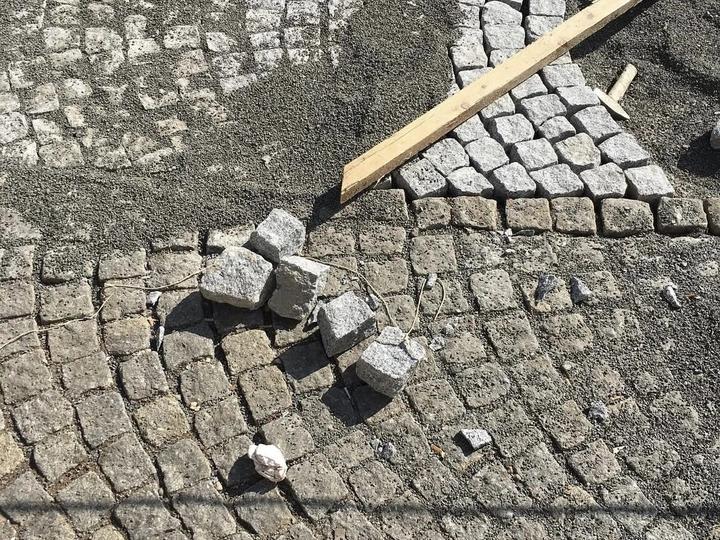Real-Estate Accelerated Mechanisms and Aesthetics

Matthew Stewart
I studied architecture and graduated from the University of Edinburgh in 2013. As I got interested in the topic of gentrification, I went to further study a post-master in Urbanism at the Ecole Speciale d'Architecture in Paris, where I received a diploma in 2015. I mainly worked in architecture and urban offices in Paris, Barcelona and Prague. I published in 2016 an article in The Funambulist magazine discussing the real-estate of war in Syria, where strategic territories where investment projects were planned, were targeted during the war. Then, from 2018, I started teaching critical urban theory, which from this September, I will be the garant of at UMPRUM, Prague. I currently am conducting academic research at the Czech Academy of Science and as a Phd candidate at AVU on the topic of the "Acceleration Processes of Real-Estate Architectural Production since 2002 in the Czech Republic." As I mentioned earlier, in 2020, I co-curated the exhibition "Karlin Ex/Change" at ViPer gallery with my colleague Eliska Malkova, mapping the gentrification of a neighbourhood in Prague after the 2002 floods. The reconstruction was used as a tool to displace the Roma community and a wave of real-estate projects boomed in the newly built district. In 2022, again with Eliska Malkova, we organised a festival "Cekani Promeny" in two housing estates in the South of Prague, where the construction of a new metro line brought real-estate investments and where the process of gentrification of the estates happened in an accelerated pace. We invited artists, sculptors, architects, musicians and a theatre group to open the discussion with the local inhabitants on the metamorphoses of their surrounding. Part of the exhibition was held in 4 metro stations across Prague.
I am interested in engaging more in creative practice and visualising my research using the audiovisual format, music and illustrations, in order to engage with a broader public in topics that are related to the city.
Real-estate is a type of colonisation. The industry is imbedded in a logic of “seeking market opportunity” which potential the post-disaster and reconstruction projects fulfils. The process of creative destruction is hence intrinsically connected to the spatial market logic and has its corporate and legislative tools. Further, as a system made of a specific set of mechanisms, shaped by digital tools and market dynamics, it also works with marketing, representation and concludes with a particular aesthetics, that influences architectural culture and beyond, the city.
The proposal aim is to enter the mainstream discourse where real-estate industry is seen as apolitical and neutral. While many critical voices discuss gentrification processes, formulating and visualising mechanisms of the turbo real-estate production and expansion, behind those systematic displacements, is yet to be developed. I would be interested to creatively experiment on how to represent not only the corporate strategies behind the production of spaces of exclusivity(/exclusion) but also how this speed-driven context has implications on the architectural drawing and aesthetics, in relation to digital tools and programmes that deal both with the process and the final product. What are the implications of digital drafting software on form, representation and creative labour in a financialised architectural context? For this, I would like to map the monopoles related to the real-estate market, its crises timeline but also conduct interviews with architects on the topic of drafting. Through an audiovisual narrative, I can imagine showing where the line on the surface of a digital drawing is cutting through a parcel and its various layers and scales. In an era where real-estate magnates are becoming presidents, and "war zones" are discussed as potential market investments, an agency can be found in articulating and mapping what is a global extractive phenomenon and a contemporary architectural style.